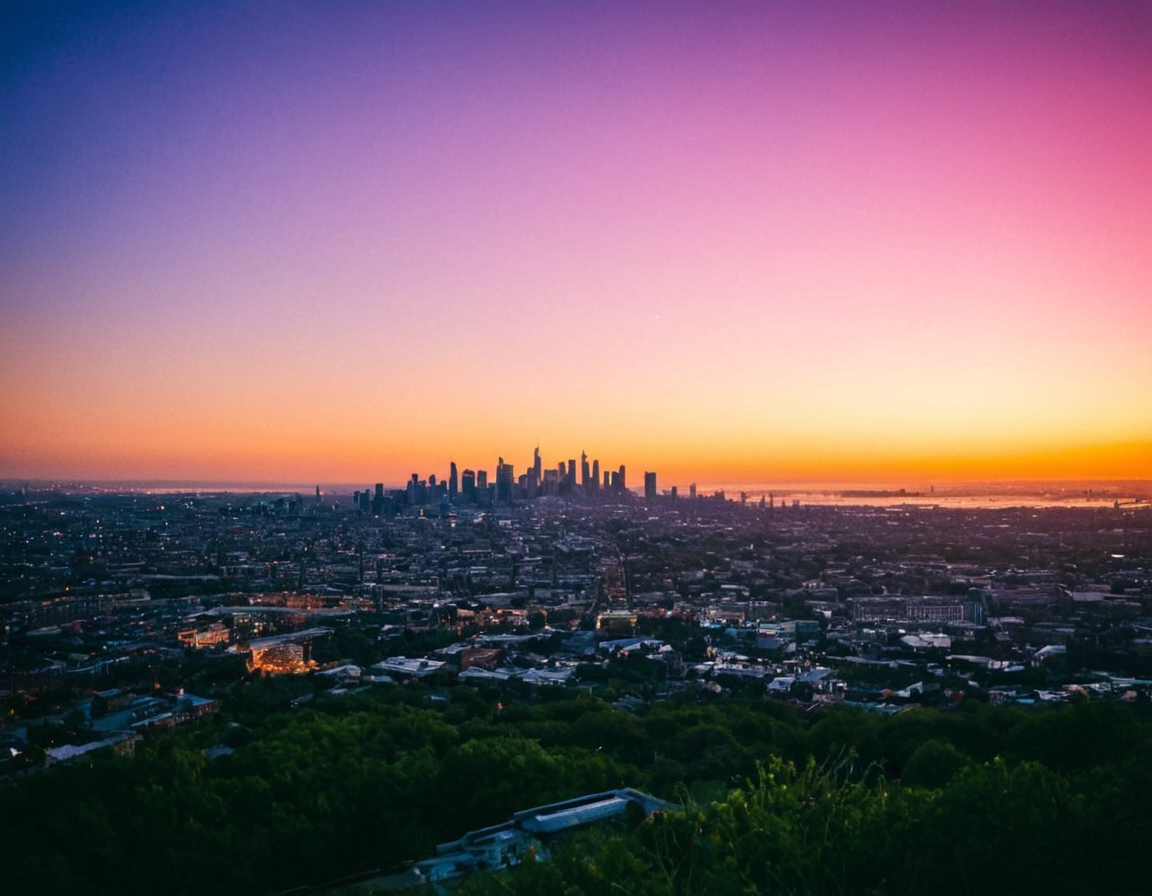ISO Hacks - Capture Any Light | Photography Tips

Mastering the Art of Shooting in Any Light: ISO Hacks for Professional Results
Introduction:
As photographers, we’ve all been there – stuck in a situation where the light is less than ideal. Whether it’s a lackluster indoor setting or an overcast exterior, it’s easy to get frustrated and want to bail. However, with the right techniques and knowledge, you can turn any lighting situation into a golden opportunity.
In this article, we’ll explore the world of ISO hacking, providing you with the tools and expertise necessary to capture stunning images in any light.
Understanding ISO
Before we dive into the nitty-gritty, let’s quickly cover the basics. The ISO setting controls the camera’s sensitivity to light. A lower ISO (e.g., 100) means less sensitivity, while a higher ISO (e.g., 6400) means more sensitivity.
However, increasing the ISO also introduces digital noise and decreases image quality. As such, it’s essential to strike a balance between capturing enough light and minimizing the negative effects of high ISO settings.
The Myth of “Natural Light”
One common misconception among photographers is that natural light is always the best option. While it’s true that soft, diffused light can be beneficial in certain situations, it’s not always possible or desirable.
In reality, artificial lighting can often produce more interesting and dynamic results than natural light. By mastering the art of working with different light sources, you can add depth and emotion to your images.
The Science Behind ISO Hacking
So, how do we make the most of our cameras’ capabilities? Let’s explore some key concepts:
- Aperture: This setting controls the amount of light that enters the lens. A wider aperture (e.g., f/1.4) lets more light in, while a narrower one (e.g., f/16) lets less.
- Shutter Speed: This setting controls the length of time the camera’s shutter is open. Faster shutter speeds (e.g., 1/1000th of a second) freeze motion, while slower ones (e.g., 1 second) create motion blur.
- White Balance: This setting adjusts the color temperature of the image to match the lighting conditions.
By adjusting these settings in conjunction with your ISO, you can fine-tune your camera’s response to different light sources.
Practical Examples
Let’s put these concepts into practice:
Example 1: Indoor Shooting
Imagine you’re shooting indoors, but the natural light is limited. To improve the situation, try the following:
- Use a wide aperture (e.g., f/2.8) to let more light in.
- Adjust your white balance to account for any color casts.
- Experiment with different shutter speeds to find the right amount of motion blur.
Example 2: Outdoor Shooting
Picture this – you’re shooting outdoors on a cloudy day. In this scenario, try:
- Increasing the ISO (e.g., 400) to compensate for the lack of natural light.
- Adjusting your aperture and shutter speed accordingly to maintain a proper exposure.
Conclusion:
Mastering the art of shooting in any light requires patience, practice, and a solid understanding of your camera’s capabilities. By experimenting with different techniques and working within the constraints of various lighting situations, you can push the boundaries of what’s possible.
So, the next time you’re faced with a challenging lighting situation, remember – it’s not about the light itself, but how you work with it.
What’s your favorite technique for shooting in low-light conditions? Share your tips and tricks in the comments below!
Tags
how-to-hack-iso professional-photography lighting-tips camera-settings image-quality
About Camila Rodriguez
Hi, I'm Camila Rodriguez, a seasoned photographer and blog editor passionate about inspiring creative minds. With a background in photography and a knack for crafting engaging tutorials, I help bring the best photography techniques and tools to life on lentecreativa.com.
